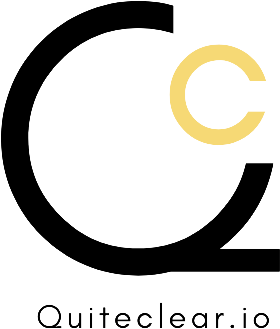Aligner Template Selection Guide
Aligner templates, thin disposable foils designed for affixing buttons/attachments on teeth, play a crucial role in the clear aligner treatment process. To optimize their effectiveness, it’s imperative to select the right template thickness. The attachment template, filled with a composite material, is carefully placed on the patient’s teeth. If too thin, it risks tearing during removal, necessitating a repetition of the bonding process. While such occurrences are rare, a torn template renders no assistance.
Using a UV pen, practitioners bond the composites to match the attachment’s shape on the teeth. Diverse attachment shapes serve distinct purposes in achieving the desired teeth positioning. The template not only aids in attachment bonding but also allows practitioners to assess its fit, guiding the subsequent manufacturing of aligners. Any fitment issues at this stage prompt a rescan.
Attachment templates vary in thickness across brands, ranging from 0.38mm to 0.5mm. Innovations, such as Scheu’s introduction of rubber-like flexibility within templates, aim to minimize breakage during removal post-placement.
Practitioners employ different methods for attaching buttons to their patients’ teeth:
- Full Attachment Template: Utilized for precise button placement on specific teeth locations, especially suitable for fewer attachments.
- Sectioned Attachment Template: Ideal for a higher number of attachments, the template is divided into 2-3 parts, ensuring accuracy during button placement and curing with light.
Related: What is the Ideal Material and Thickness for Clear Aligners and Retainers?
Steps for Attachment Placement:
- Confirm the attachment template fits securely.
- Ensure both teeth and attachment template are completely dry and free of debris.
- Use a cheek retractor.
- Fill attachment bubbles with composites, slightly overfilling.
- Carefully snap the template onto the teeth.
- Cure the composite using UV light.
- Remove the template and clean excess composite material around the buttons.
Widely used templates include Zendura AT 0.38mm, Scheu Duran+ 0.5mm, and Erkodur Erkolen 0.5mm for attachment templates. An extremely important aspect to keep in mind is the use of materials specifically designed for templates to bond attachments. The material of the composite and the template should be different. Such materials allow proper passage of the UV light required for bonding. If a non-compliant material is used, the composite may fuse with the template and cause discomfort to the patient during tray removal.
As a white-label manufacturer of clear aligners in India, we provide a vast range of branded materials of various thicknesses, including aligners and retainers.
For those considering the integration of clear aligners into their practice, reach out to discuss more clear aligners and how QuiteClear can assist in launching your aligner brand. Contact us at connect@quiteclear.io or call +91 9909973333.
Note: We do not promote one brand over the other, the purpose of this content is purely informative. The use of the materials is recommended as per the brand’s data sheet and claims on their official website. Thirdinrev Global does not endorse any of the claims made by the brands.
